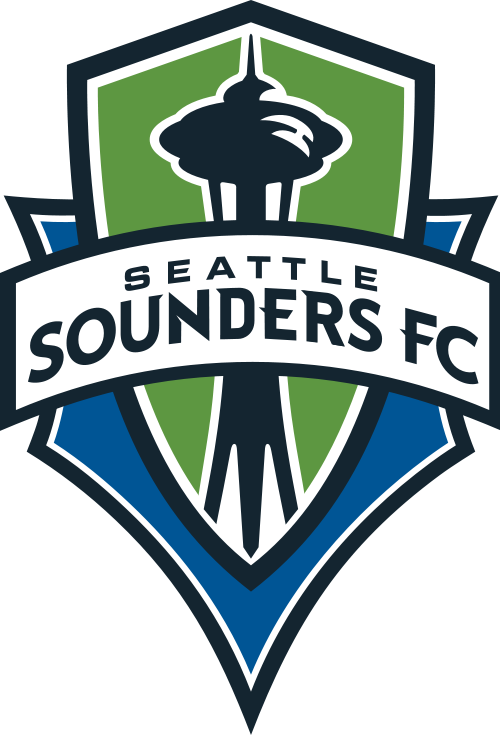Do You Have a Flag?
Several, as it turns out.
Flags been used for centuries across the globe as a means of identity and unity. Looking at a flag, one can find out what a group of people value and cherish within themselves. As in the early days of the American Revolution, Cascadians have developed a host of flags in their attempts to represent themselves.
Arcadian Rose (1994)
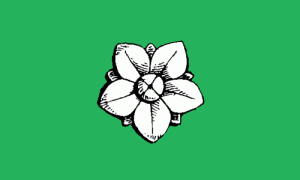
This flag was designed by Thom Ryng for the micronational project “Arcadian Commonwealth”. The green field represents the forests of Cascadia, while the white rose symbolizes the five states of Alaska, Yukon, British Columbia, Washington, and Oregon. This represents one of the wider views of Cascadia, the so-called “Greater Cascadia” or “Arcadia”.
Cascadia (“the Doug” – 1995)
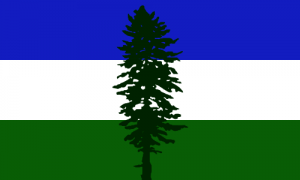
The flag was designed by Alexander Baretich and represents the bioregion of Cascadia. The blue represents the “unpolluted sky” and the plentiful water of Cascadia, the white represents the clouds and snow, and the green represents our natural vegetation. The conifer tree stands, “in defiance of storm, fire, and Man.”
Eight Stars (1998)
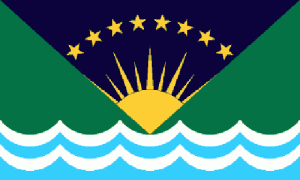
This flag was designed by Nick Pharris. The two green triangles (the same green as the Washington State flag and representing forests and hope) stand for the mountains, as well as the US and Canada, which Cascadia bridges. The blue and white stripes, from the BC flag, represent water (loyalty) and glaciers (peace). The sun rising above the mountains and represents the “rising regional consciousness”.
The eight stars represent the distinct Cascadian areas: Alaska, the Yukon, BC, Washington, Oregon, Idaho, Western Montana, and Northern California. The gold color is used to represent prosperity as well as the croplands and deserts of the interior. This represents the widest view of Cascadia, the so-called “Cascadian Empire”.
Nationalist Flag (1999)
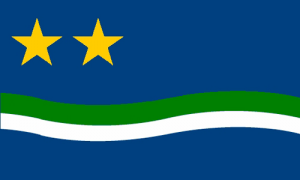
This flag was designed by the Cascadian National Party. The top blue represents freedom, while the bottom blue represents our water. The white wavy stripe is for hope and the green wavy stripe is for the environment and our resources. The two gold stars are for Oregon and Washington (representing the most limited view of Cascadia, the so-called “Little Cascadia”).
Seven Stars in Green (2000)
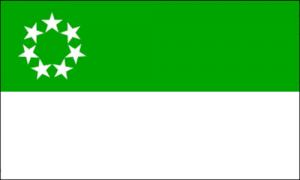
This flag is for the Kingdom of Cascadia, designed by Andrew Rogers. Here we see the same green for vegetation and white for the snow-capped mountains. The seven stars (similar to the “Betsy Ross” and the EU) stand for the Commonwealths, which Rogers identifies as: Alaska, British Columbia, Idaho, Oregon, Washington, and The Yukon. Additional governmental and military flags may be found here.
Cascades (2000)
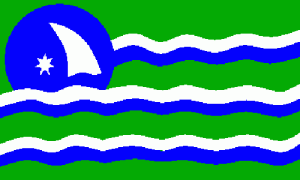
This flag was reportedly designed by David McCloskey, the founder of the Cascadia Institute. The blue represents the water and skies, white for the mountains, green for the landscape. The triangle shape in the left hand corner is an outline of the Cascadian Bioregion.
Zapato Flag (2003)
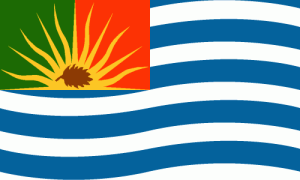 This flag was developed for the Republic of Cascadia site. The blue and white stripes represent water and snow, while the green is for the vegetation. The red in this flag is for, “the volcanism and tectonic forces that burn beneath us”. The setting sun symbolizes our place at the Western edge of North America and the fir cone is for, “rebirth, renewal, and our natural forest resources”.
This flag was developed for the Republic of Cascadia site. The blue and white stripes represent water and snow, while the green is for the vegetation. The red in this flag is for, “the volcanism and tectonic forces that burn beneath us”. The setting sun symbolizes our place at the Western edge of North America and the fir cone is for, “rebirth, renewal, and our natural forest resources”.
Tricolour (the “Doug-less” – 2009)
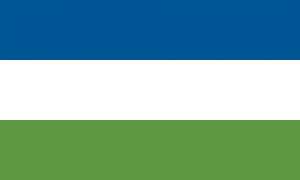
This flag is a variant of “the Doug” and is popular because of its simplicity. This (and the Arcadian Rose) are the versions most in favour with the Arcadia Club.
Interestingly, the blue / white / green colours most often associated with Cascadian flags have been adopted by Seattle’s Sounders FC soccer team.

